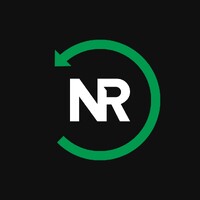
Gregory Mountain Products
For over 40 years we’ve been designing groundbreaking, long-lasting, human-powered products. Through clever and responsible innovation, taking substantive steps to measure and reduce our footprint, and providing gateway opportunities to get more people outside, we all end up in a better place – as people, as a brand, and as a planet. Whether you’re jet setting to a foreign country or kicking up dirt on the trail, our packs are built to power your experiences, no matter what they are. Gregory Mountain Products has been dedicated to innovating packs that fit a variety of outdoor experiences. Taking cutting-edge materials and progressive designs, as well as a comfortable and supportive fit, we continue to be industry leaders for performance in the outdoor gear industry.






